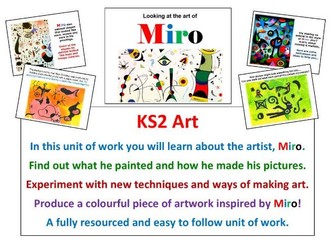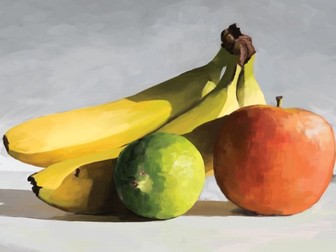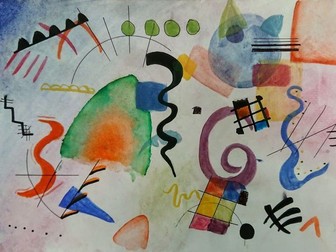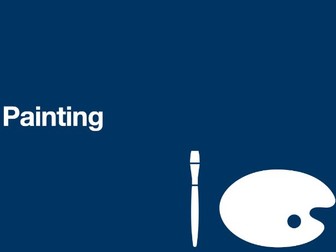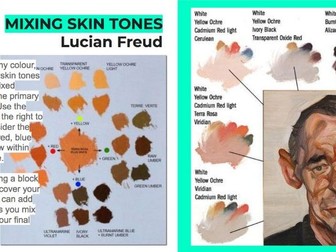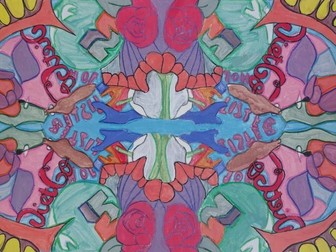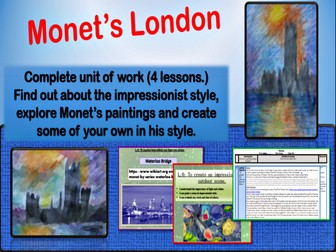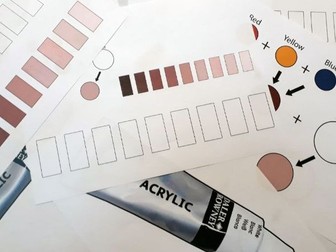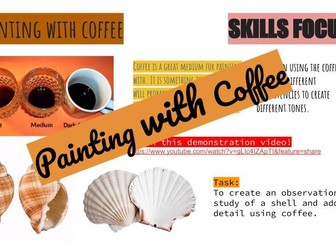
Expressive Painting
Expressive Painting Formal Elements: Age 11-16 FULL Contemporary Scheme inc. thinking skills. Improve your student's painting techniques whilst learning the FORMAL ELEMENTS of art. Using Essential Big Questions this FULL Unit of Work is beautifully designed to challenge and stretch your students whilst learning the history of abstract art from beginnings to present day. It has been written for students with a reading age of 11 years and is designed to be delivered over a longer period of time. There's so much deep learning in this project and it can be used on many levels, use it for a full GCSE project or just cherry pick elements of it to suit your teaching.




